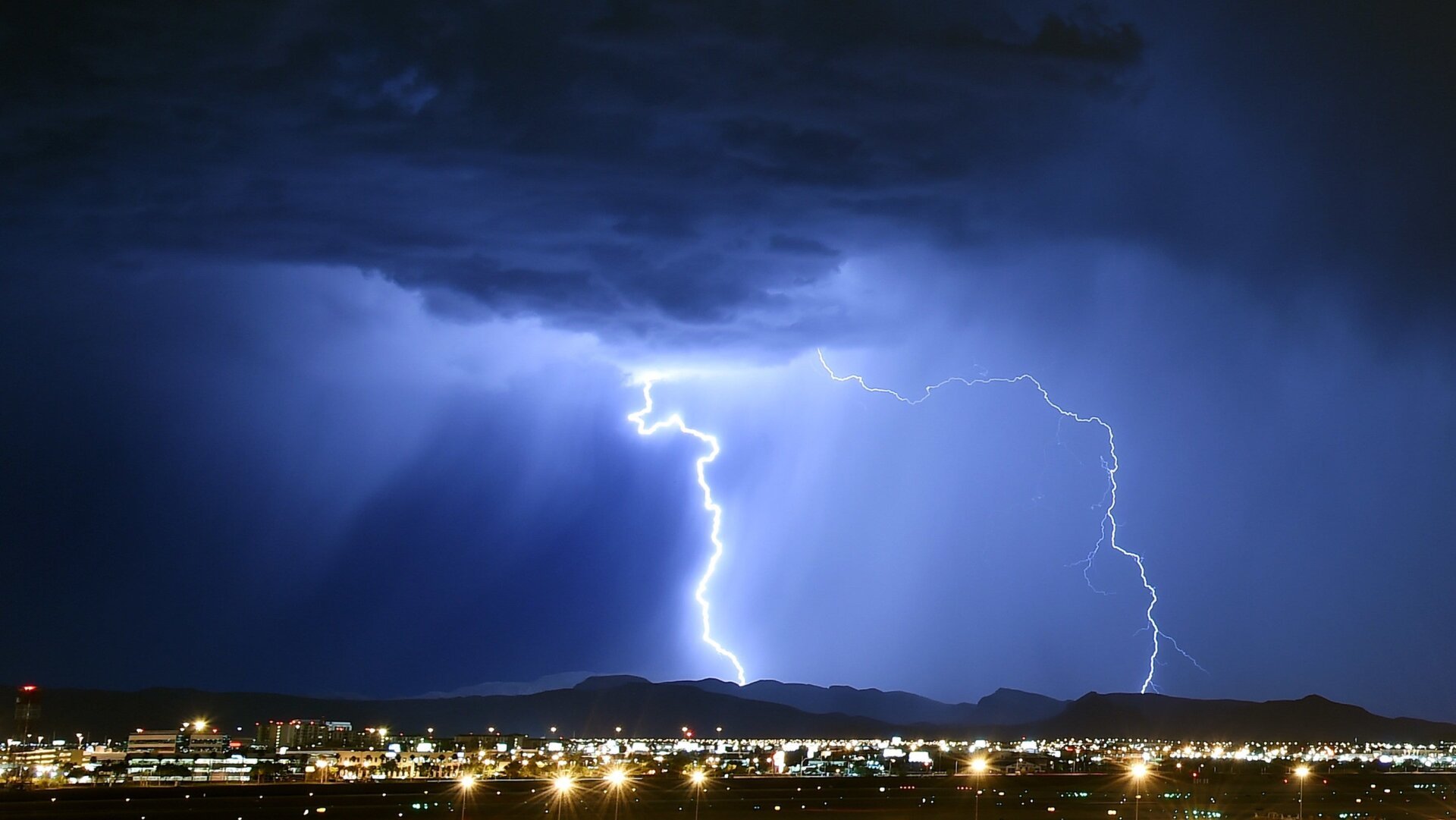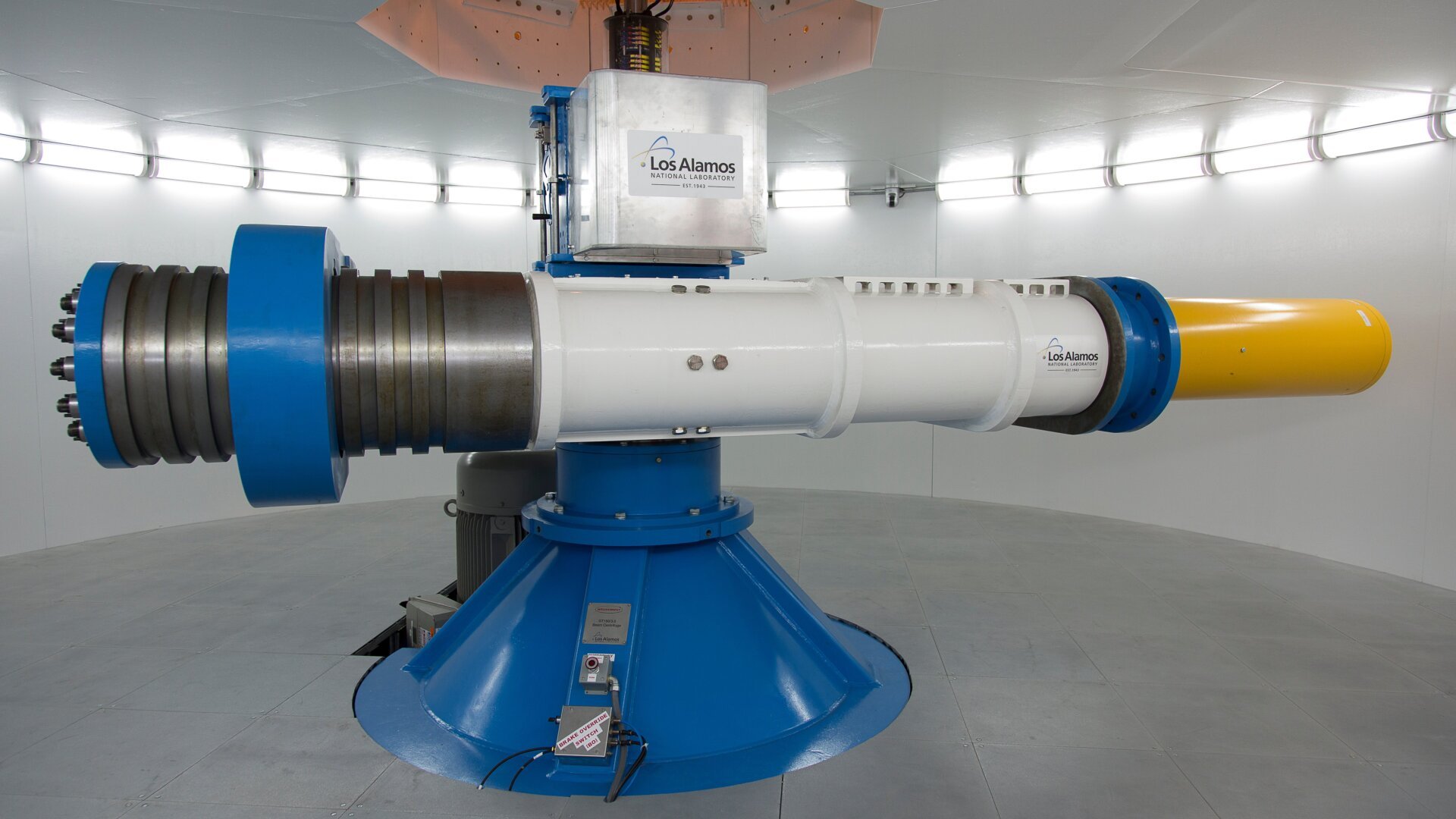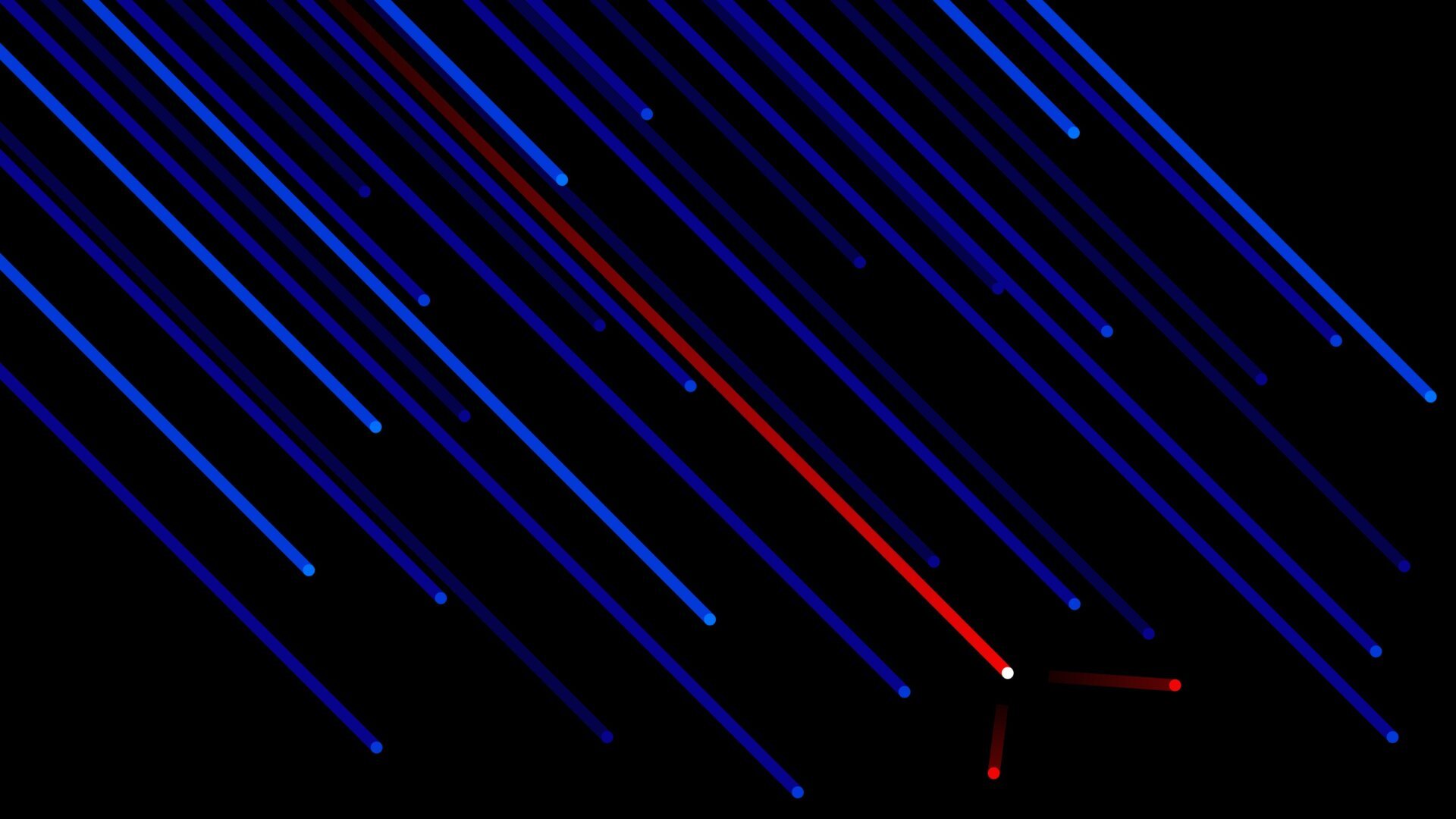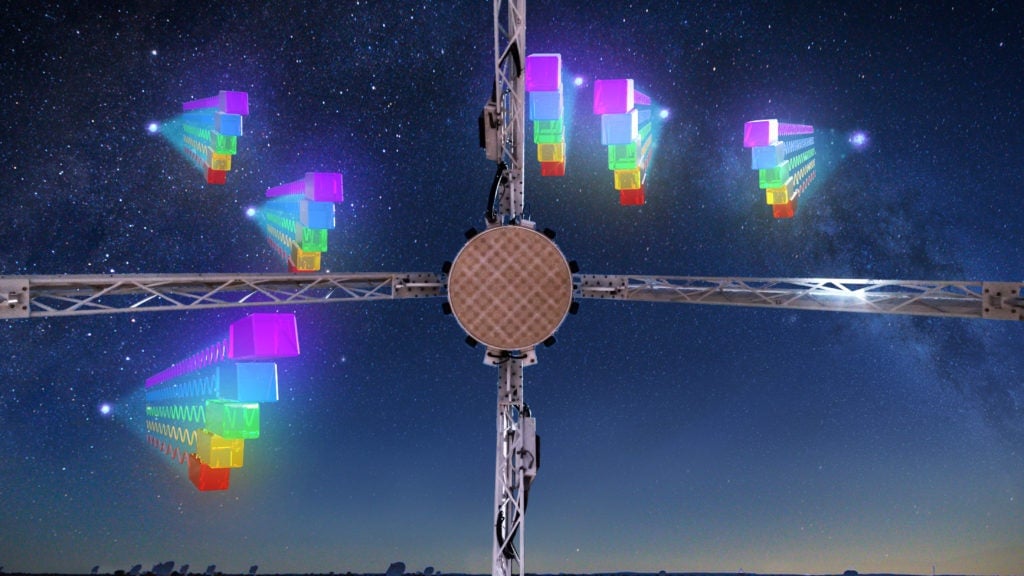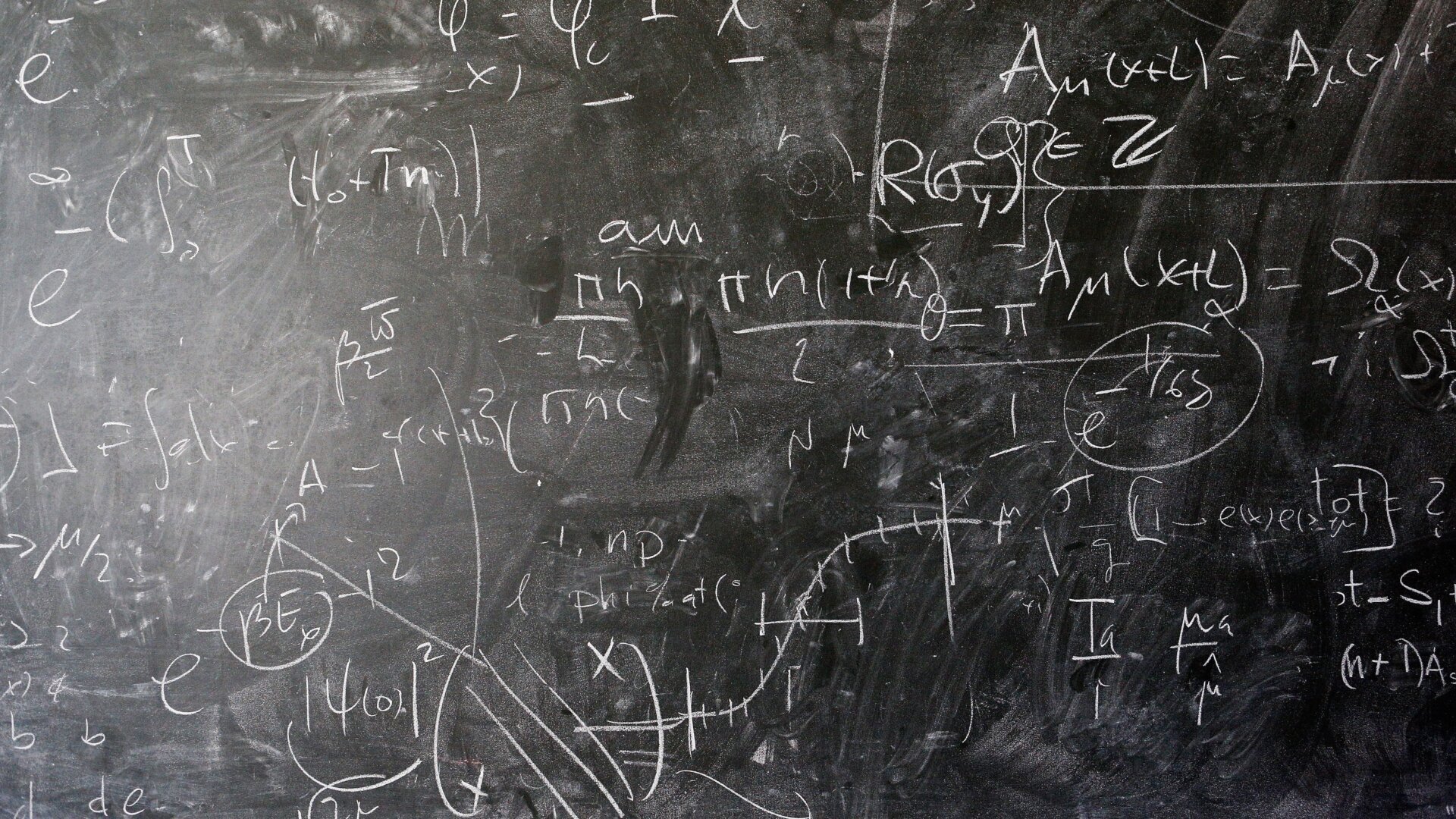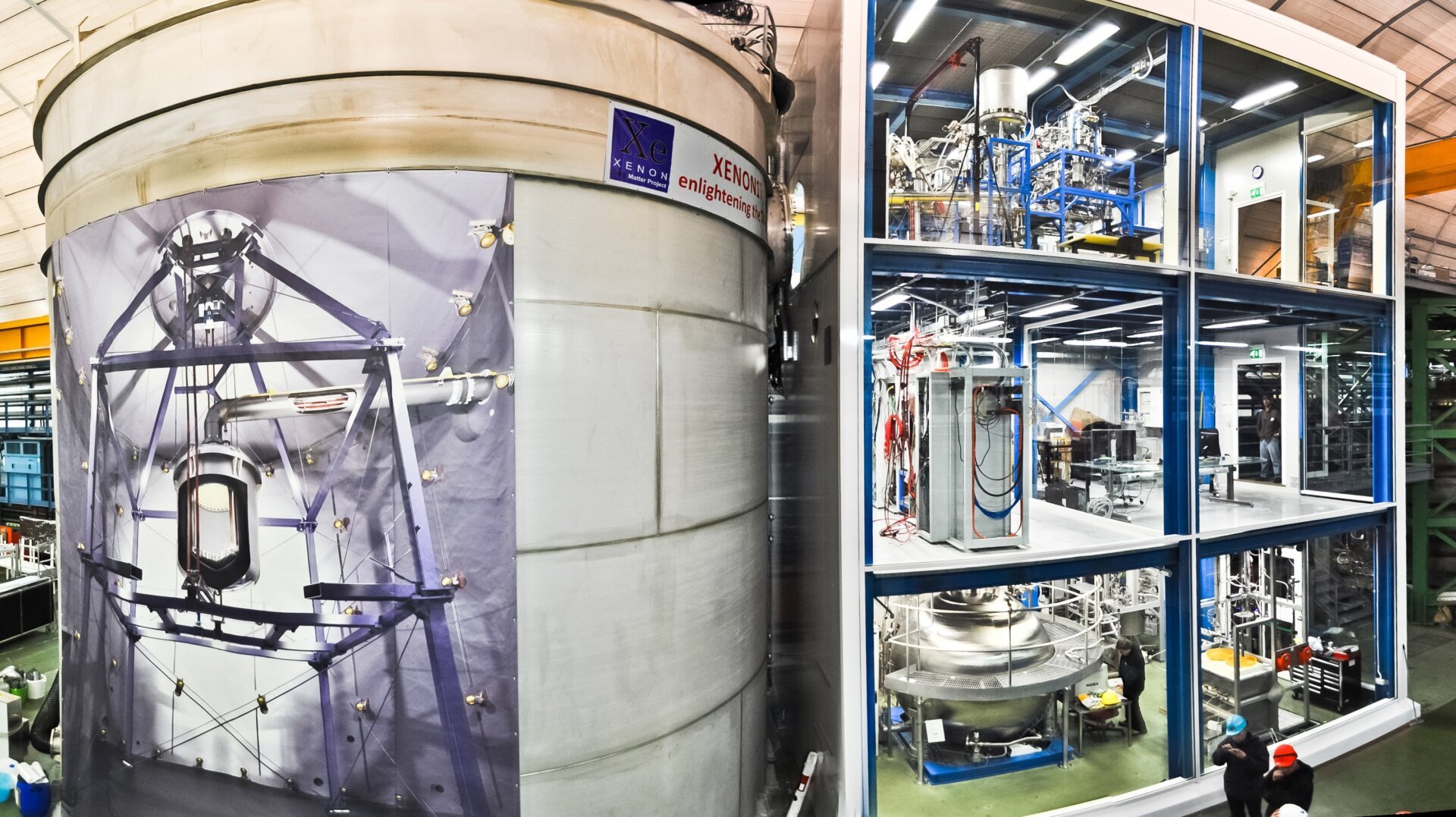The image of a lone scientist scribbling equations on a chalkboard is a far cry from the reality of modern physics. Today, groundbreaking discoveries emerge from massive collaborations, utilizing colossal instruments often situated in the Earth’s most extreme environments. These ambitious endeavors are essential to understanding the very fabric of the universe.
Over the past century, physics has made remarkable strides, illuminating the intricate workings of the cosmos while simultaneously uncovering profound mysteries. Significant advancements have been made in understanding the interactions of fundamental particles and their influence on the universe. Everything detectable in the universe is composed of particles, whose behavior is described by the Standard Model of particle physics. This model categorizes particles into quarks and leptons (including electrons and neutrinos). Each particle has a corresponding antiparticle with the same mass but opposite charge, acting as a mirror image.
These particles interact through forces mediated by bosons, such as the Higgs boson. The Higgs boson, the last predicted particle of the Standard Model, was finally confirmed in 2012. This landmark discovery, a testament to the power of particle accelerators like the Large Hadron Collider, generated significant excitement and justified the substantial investments in such research. However, despite ongoing research and intriguing findings, a discovery of comparable magnitude to the Higgs boson has yet to be made.
Many fundamental questions remain unanswered. The Standard Model doesn’t explain the origin of the universe, the matter-antimatter asymmetry, or the nature of dark matter. It also fails to explain the accelerating expansion of the universe, an effect attributed to dark energy.
These unresolved questions and other cosmic enigmas have propelled physicists to develop awe-inspiring instruments in their pursuit of answers.





